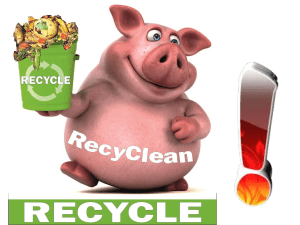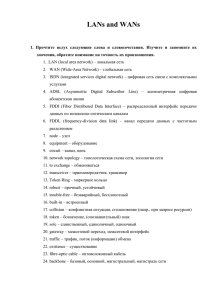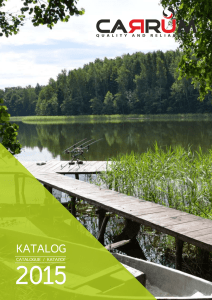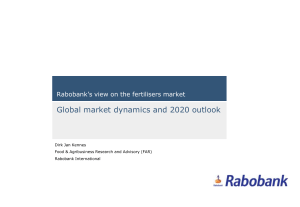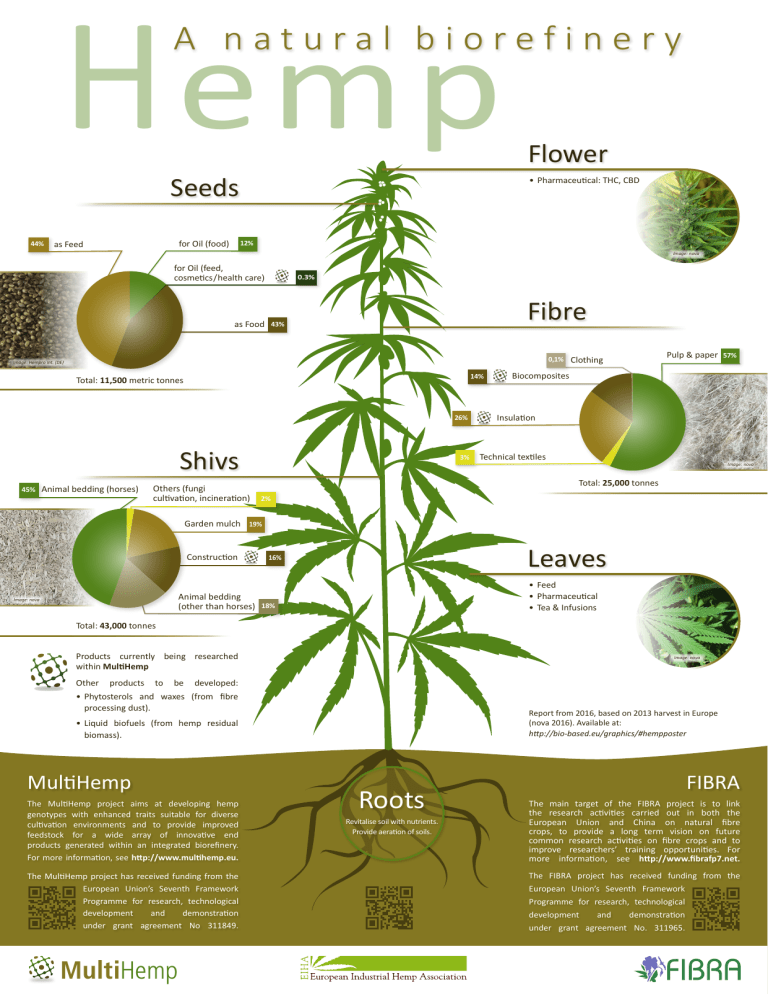
H emp A natural biorefinery Seeds 44% for Oil (food) as Feed Flower • Pharmaceutical: THC, CBD 12% Image: nova 0.5% for Oil (feed, cosmetics/health care) 0.3% Fibre as Food 43% 0,1% Image: Hempro Int. (DE) 14% Total: 11,500 metric tonnes 26% Shivs 45% Animal bedding (horses) Others (fungi cultivation, incineration) 3% Pulp & paper 57% Clothing Biocomposites Insulation Technical textiles Image: nova Total: 25,000 tonnes 2% Garden mulch 19% Construction Leaves 16% • Feed • Pharmaceutical • Tea & Infusions Animal bedding (other than horses) 18% Image: nova Total: 43,000 tonnes Products currently being researched within MultiHemp Image: nova Other products to be developed: • Phytosterols and waxes (from fibre processing dust). Report from 2016, based on 2013 harvest in Europe (nova 2016). Available at: http://bio-based.eu/graphics/#hempposter • Liquid biofuels (from hemp residual biomass). MultiHemp The MultiHemp project aims at developing hemp genotypes with enhanced traits suitable for diverse cultivation environments and to provide improved feedstock for a wide array of innovative end products generated within an integrated biorefinery. For more information, see http://www.multihemp.eu. The MultiHemp project has received funding from the European Union’s Seventh Framework Programme for research, technological development and demonstration under grant agreement No 311849. MultiHemp Roots Revitalise soil with nutrients. Provide aeration of soils. FIBRA The main target of the FIBRA project is to link the research activities carried out in both the European Union and China on natural fibre crops, to provide a long term vision on future common research activities on fibre crops and to improve researchers’ training opportunities. For more information, see http://www.fibrafp7.net. The FIBRA project has received funding from the European Union’s Seventh Framework Programme for research, technological development and demonstration under grant agreement No. 311965.

